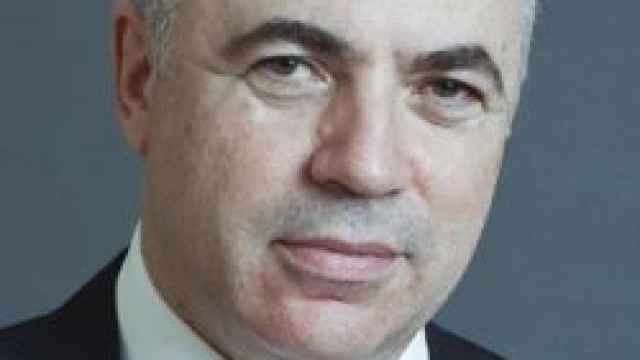
Felix Kugel
Vice-president & Managing Director,
ManpowerGroup Russia & CIS
With a slowdown in the rate of workforce growth, the looming retirement of baby boomers, and the globalization of labor, companies are facing an unprecedented competition for the best and the brightest. Companies have to do everything they can to hire, promote and develop the right talent in the right jobs. From our point of view, by following these six best practices for employee assessment, organizations will boost their ability to find and retain top leaders.
Understand your talent profile
You need to pinpoint the unique set of characteristics that drive your business strategy success — the qualities and attributes dictated by your organization's culture and values. One way to accomplish that task is by studying your strategy and culture to determine the kind of employees needed to make your strategy work. Another is to evaluate the characteristics of top performers already in your company, since those traits are likely to be predictors of success in that job. Finally, it is also important to "reverse engineer" the talent profile, using forward-looking business plans and strategic directions, as well as a view of how the culture will need to look in the future. These talent profiles can then be embedded into job/role descriptions, to ensure that they account for both current and future success requirements. In addition, whether the organization needs to fill positions quickly to meet current needs or build talent to address future capability demands, it's important to evaluate the whole person — including knowledge areas, experiences, behaviors, motives, values and personality traits — and not just technical skills.
Use the talent profile to guide where you look for job candidates
In the name of efficiency, companies often limit their searches to a few top business schools, thinking they'll find the smartest talent there. That's a counter-productive approach. If you're looking for the whole person — and not just one trait — then you're better off extending your search to second and third tier schools. Why? While you'll undoubtedly find candidates with exceptional-school smarts at a handful of A-list schools, they may very well lack many of the key qualities you've pinpointed. At other places, you're more likely to find high-potential candidates with the full range of necessary characteristics. Companies should also routinely do a talent sourcing audit — evaluating the sources of top performers so that resources can be redirected to them and away from areas that have not produced the talent required.
Adopt a customized selection process
Of course, you can use off-the-shelf tools for screening out bad employees. For identifying high performers, however, a more tailor-made assessment is crucial. For example, you can create a customized set of online tools for evaluating candidates that incorporates the specific talent profile of a particular job in an organization. After candidates answer a set of questions about themselves, those responses are meshed with the requirements of the talent profile. The result is a considerably more accurate way of predicting the suitability of a candidate and likelihood he or she will have the traits needed not just for the position, but to fit the organization as well.
Keep speed and efficiency top of mind
The competition for talent typically means that the best talent is taken "off the market" by those organizations that are better and faster at finding top talent ahead of their competitors. For that reason, companies need to design a customized system that identifies the most critical attributes of top employees early on in the qualifying and screening phases of the process and pinpoints other, less key features later on. That means focusing initial screening on areas that are the most difficult to train, while addressing other aspects of the profile that can be more easily developed afterwards.
Incorporate savvy interview techniques
Certainly, it's important to know just how to conduct an effective interview and integrate that process with your talent profile.
One approach is to conduct different types of interviews. The first should be done as part of the qualifying and screening process and can be relatively short, focusing on motivations, values, key skills and traditional "knock out" items, such as salary requirements and willingness to relocate. At some point, another interview will be conducted, this time by the hiring manager. Where this meeting is placed within the interviewing sequence depends upon how the organization likes to involve their managers. Some companies prefer to hold off until the end, so that only the most qualified candidates will be interviewed. Other companies prefer to involve their managers earlier in the process, to ensure that they get the chance to see the broader slate of candidates. Regardless of approach, it is typically the manager who evaluates the candidate's experience and functional capabilities and how well he or she matches the role being applied for, as well as the likelihood that the candidate will fit into the current team.
Employ assessments for multiple purposes
In many organizations, there are a number of silos within the human resources function. One area might be responsible for staffing, another, development, and yet another, succession planning. And it's likely that each will use a different assessment process. Instead, assessments should be designed with one set of criteria and a single, integrated talent management strategy. Not only does this approach make for a more efficient and accurate process across the organization, but it's also considerably less expensive.

